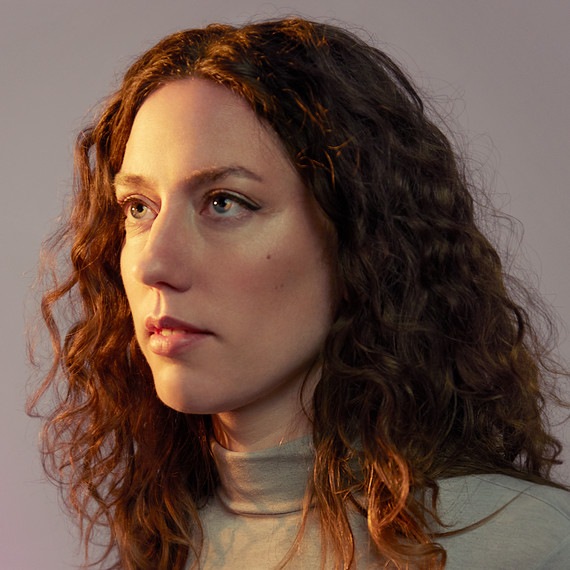»I am pushing to see how we can change solar technology to become more human, more inclusive, better integrated into our daily lives.«
Interview with Marjan van Aubel
Dutch Designer Marjan van Aubel is one of the most renowned designers of recent years. Many of her smart design solutions integrate solar cells into furniture, windows, and other everyday items, making a practical contribution to a more sustainable future.
Jochen Eisenbrand: You are a solar designer. What got you started on solar energy?
Marjan van Aubel: I’ve always been fascinated by solar energy. How sunlight hits a surface and then activates it: that’s a physical, scientific phenomenon, but it’s also really exciting. If you look at how it is being used, however, if you look at these very technical blue solar panels, well, I always thought we could do better than that. When working on my thesis, I was in Switzerland, and that’s where I first saw dye-sensitized solar cells. They are really quite beautiful! That was a turning point for me. I started exploring and working with solar energy and then decided that I wanted to spend all my time on this technology, because I felt there's a need there. That was seven years ago.
We have a piece from your Energy Collection at the Vitra Design Museum. That was your master project at the Royal College of Art. Could you briefly explain how it works?
The Energy Collection is basically tableware – cups and plates and a water jug – made of glass with integrated dye-sensitized solar cells. These cells were invented by Michael Grätzel of the École Polytechnique Fédérale de Lausanne; they work in a way that is similar to photosynthesis. While the green chlorophyll of plants converts light into sugar, these cells convert light into energy. When not in use, the tableware goes in a cabinet that stores the energy collected by the objects’ integrated cells– it’s basically a battery, and you can plug in a small lamp or a phone for charging.
You’ve been working with renewable energies for a number of years. What would you say have been the most important developments in this field to have impacted your work?
Ten years ago it was difficult to work with business and industry because their focus was always on scale. They didn’t have the mindset to make things for an artistic or design purpose. Now that has really shifted. I used to be the one to approach businesses to try and convince them, now they are coming to me.
The production of solar cells involves the extraction of materials that are difficult to recycle. Is this something you consider in your product designs – where the materials come from and what happens after the end of the product’s lifecycle?
This is very important to me. I never work with standard silicium cells because you don’t know where the material has been mined and under which conditions. I prefer dye-sensitized solar cells and organic photovoltaics. They are made of recycled plastic and when the cells are not used anymore, you can take them apart. The lamp Sunne that I designed, for example, is constructed without any glue. The solar cells last for forty years and the battery is easy to replace.
A lot of exciting work in the field of design and renewable energies is happening in the Netherlands. Why are the Netherlands so strong in this field?
Maybe we just have an innovative mindset. Most of our country’s landscape has been designed and engineered; there is no untouched nature. We don’t have a lot of space, so we have to be efficient in the use of space and materials. We even have an »orphanage« for solar cells where people can drop solar cells they no longer need. The second-hand solar cells then go to public institutions – schools, for example.
You can find all information on the exhibition »Transform! Designing the Future of Energy« here.
